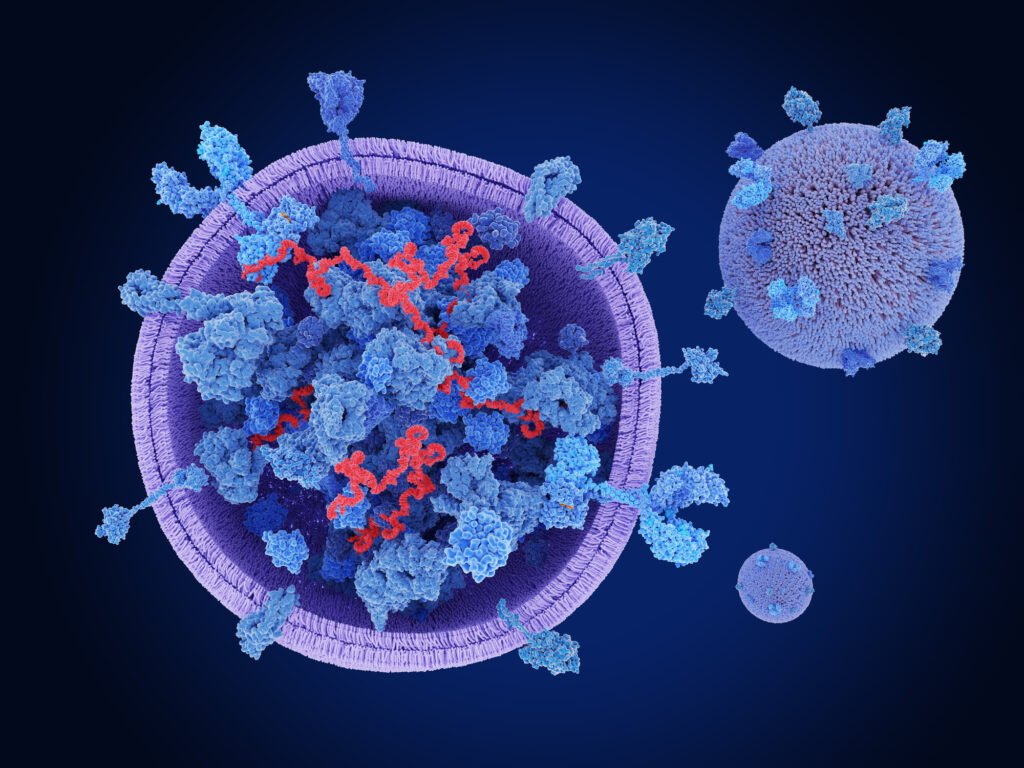Blood glucose fluctuation is a significant challenge for patients with type 2 diabetes mellitus (T2DM), impacting various aspects of health, including bone defect repair. A recent study sheds light on this issue, highlighting the detrimental effects of unstable blood sugar levels on bone regeneration and exploring potential therapeutic strategies.
Researchers, including Lingxiao Wang, Haoqing Yang, Chen Zhang, Yue Zhang, Yilin He, Yang Liu, Pan Ma, Jun Li, and Zhipeng Fan from the School of Stomatology at Capital Medical University in Beijing, have focused on the role of Neutral sphingophospholipase 2 (Smpd3) in this context. Their findings reveal that Smpd3 is downregulated in jawbone-derived bone marrow mesenchymal stem cells (BMSCs) from T2DM patients. This downregulation contributes to the impaired osteogenic differentiation of BMSCs, which is crucial for effective bone repair.
To address the challenges posed by blood glucose fluctuations, the research team investigated the potential of exosomes derived from stem cells overexpressing Smpd3 as a treatment modality. They developed a hydrogel delivery system, combining Smpd3-overexpressing stem cell-derived exosomes (Exos-Smpd3) with nanosilver ions (Ns). This innovative approach aimed to enhance osteogenesis and differentiation of BMSCs in a glucose-fluctuating environment.
The results were promising. The Exos-Smpd3@Ns hydrogel not only promoted osteogenic differentiation of BMSCs but also facilitated ectopic osteogenesis and jawbone regeneration in diabetic dogs in vitro. This dual action underscores the potential of the Smpd3 overexpression exosome delivery system in mitigating the adverse effects of blood glucose fluctuations on bone repair.
Mechanistically, the study revealed that Smpd3 promotes osteogenesis and differentiation of jawbone-derived BMSCs by activating autophagy in the jawbone. Additionally, it inhibits macrophage polarization and reduces oxidative stress associated with fluctuating blood glucose levels. These findings provide valuable insights into the underlying biological processes and highlight the significance of Smpd3 in enhancing BMSC function and bone regeneration.
In conclusion, the research led by Wang and colleagues offers a theoretical basis for developing new treatments for bone defects in T2DM patients. By harnessing the potential of Smpd3 and innovative exosome delivery systems, this study paves the way for safer and more efficient strategies to improve bone repair in individuals suffering from the complications of diabetes. As the scientific community continues to explore these avenues, there is hope for better outcomes in the management of bone health in T2DM patients.


